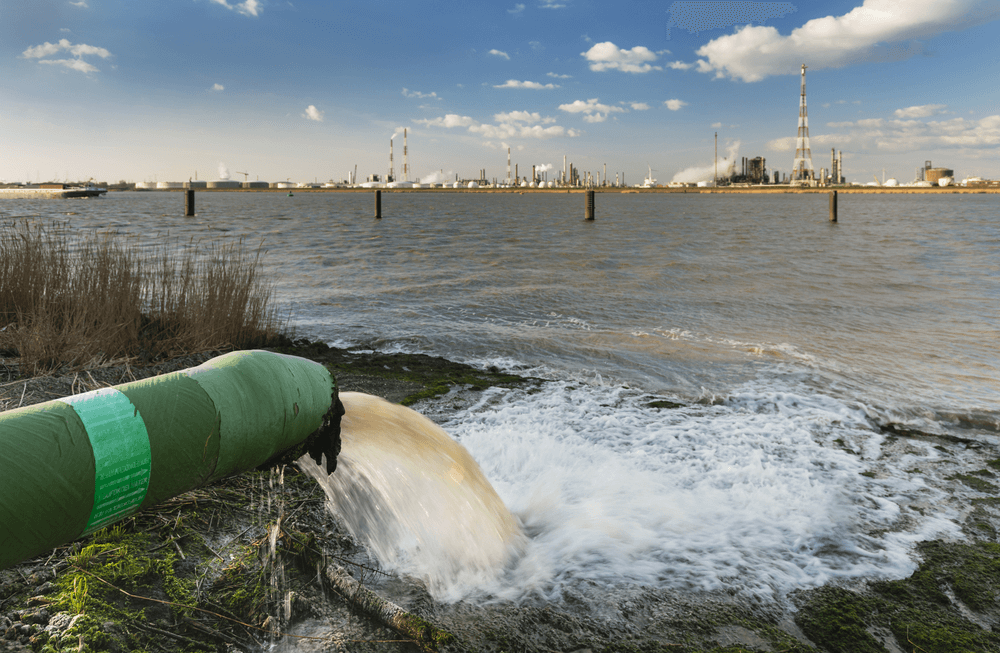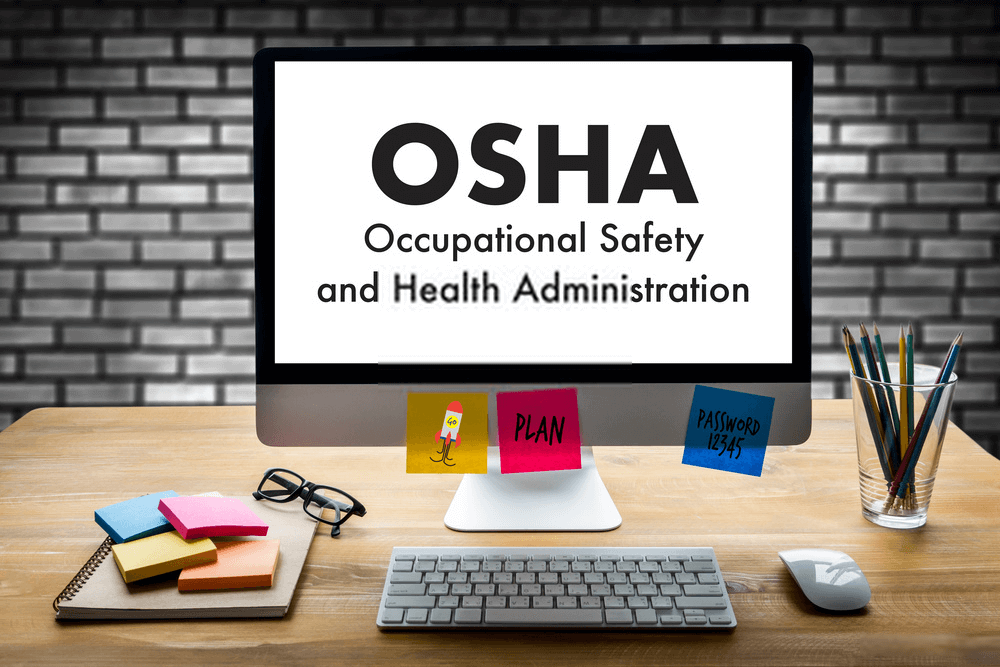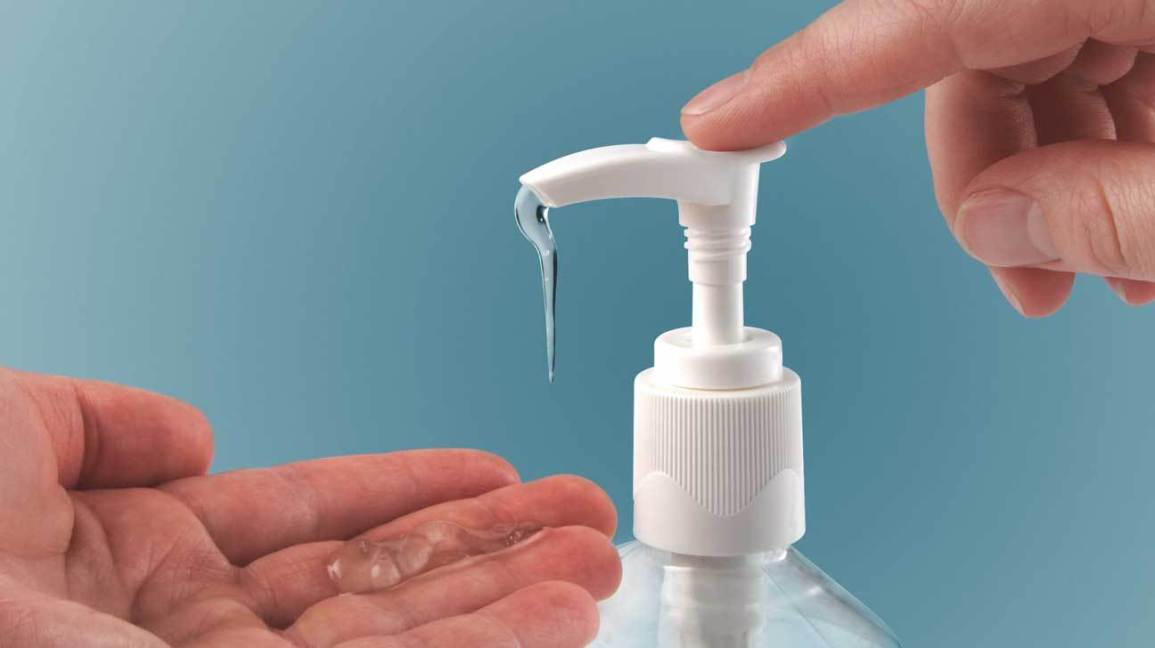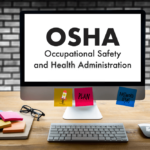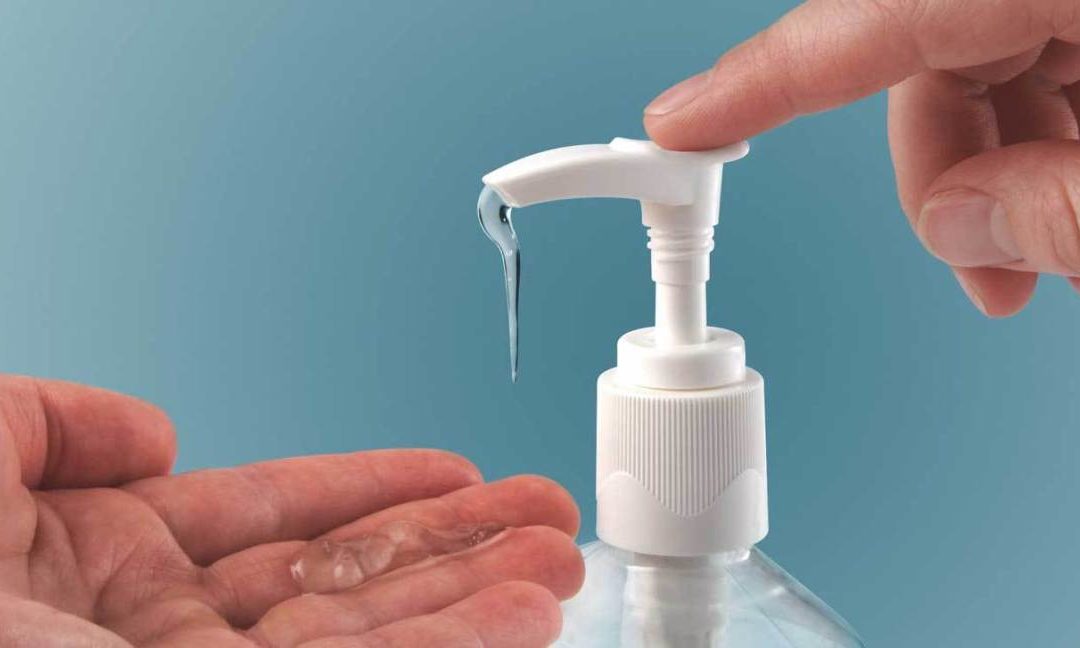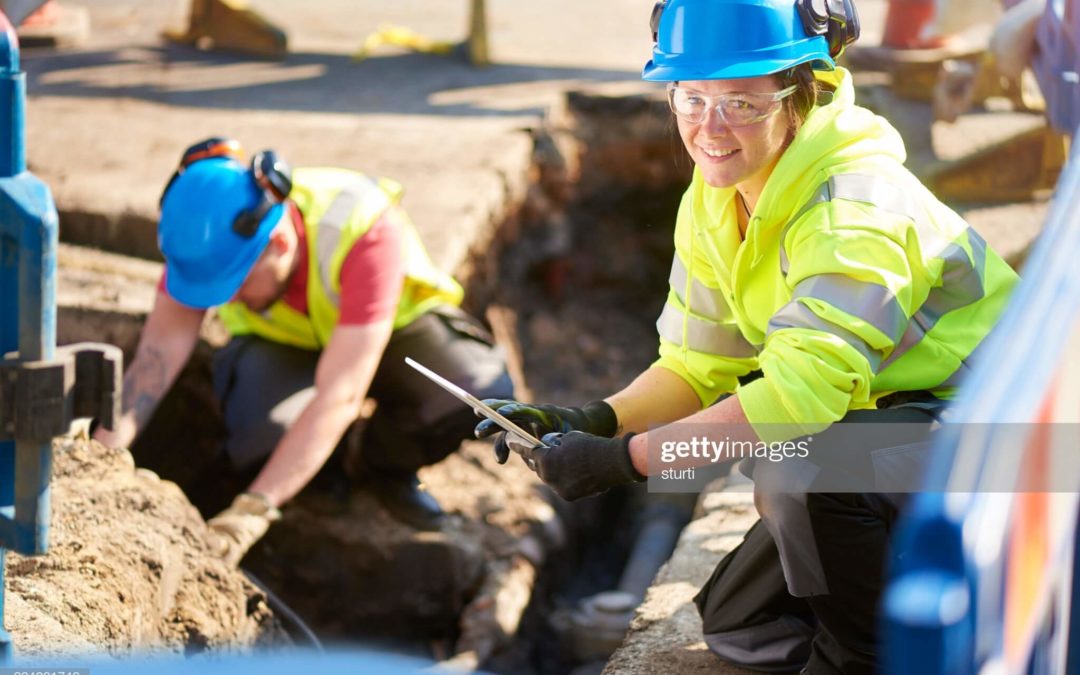Strategies for wastewater and stormwater mitigation are critical for larger industrial operations because of regulatory enforcement.
Industrial process wastewater is wastewater generated during commercial or industrial activity, such as wash down or process clean-up, that becomes contaminated with regulated pollutants before it is discharged as a wastewater.
Industrial wastewater is water that has been used in industrial processes and contains one or more pollutants. Sources of industrial wastewater include water used to rinse off equipment, to clean work surfaces, to cool equipment, and to create liquid solutions that support various manufacturing processes.
Industrial wastewater may contain pollutants, such as oil, detergents, acids, metals, and chlorine, at levels high enough to harm surface waters if released directly into them. These pollutants may harm surface waters in a variety of ways, including killing fish and aquatic plant life, making surface water unsafe for recreational use, and making drinking water unsafe.
The most important water contaminants created by human activities are microbial pathogens, nutrients, oxygen-consuming materials, heavy metals and persistent organic matter, as well as suspended sediments, nutrients, pesticides and oxygen-consuming substances, much of it from non-point sources, according to the World Water Assessment Program.

In order to prevent surface water pollution, environmental regulations require each facility that generates industrial wastewater to manage the volume and toxicity of the wastewater it produces.
In addition, each facility must generally obtain an appropriate wastewater discharge permit that corresponds with the facility’s operations. In some cases, onsite penetration of wastewater may be a requirement of the discharge permit.
A facility may treat its wastewater sufficiently onsite and then discharge it directly to surface water. Alternatively, a facility may get approved to discharge its wastewater into the municipal sanitary sewer or treatment by the local publicly owned treatment works (POTW). If a facility discharges to a POTW, then it is responsible for managing the strength and volume of its authorized discharges to ensure there is no upset or damage to the POTW process.
As a worker at an industrial facility that generates wastewater, it is your role and responsibility to support your facility’s efforts to manage wastewater properly, respond appropriately to accidental wastewater releases, and report accidental releases to facility management so that they can determine whether it is appropriate to notify authorities of the release.
Examples of Manufacturing processes that generate wastewater
- The automotive industry uses water to paint vehicles and to service manufacturing equipment
- The paper manufacturing industry uses water for pulping and finishing
- The leather production industry uses water for soaking, dehairing, degreasing, and tanning the leather
- The cosmetics production industry uses water in its equipment wash-down solutions
Harmful effects of Wastewater
- Depletes Oxygen in Water
- Prevents aquatic photosynthesis
- Impairs the ability of fish to smell
- Threatens human health
The above explains why industrial wastewater management is important and how you can support your facility’s efforts to comply with wastewater management regulations. What does your site currently do to manage wastewater? Leave your comment below.
References – Wastewater Management
- Wastewater Management Summary
- Code of Federal Regulations 40, Parts 122 to 136, Clean Water Act (including National Pollution Discharge Elimination System (NPDES) regulations, water quality standards, and water treatment regulations)
- National Pollutant Discharge Elimination System (NPDES), United States Environmental Protection Agency
- Manufacturing Wastewater Treatment, FRC Systems International

